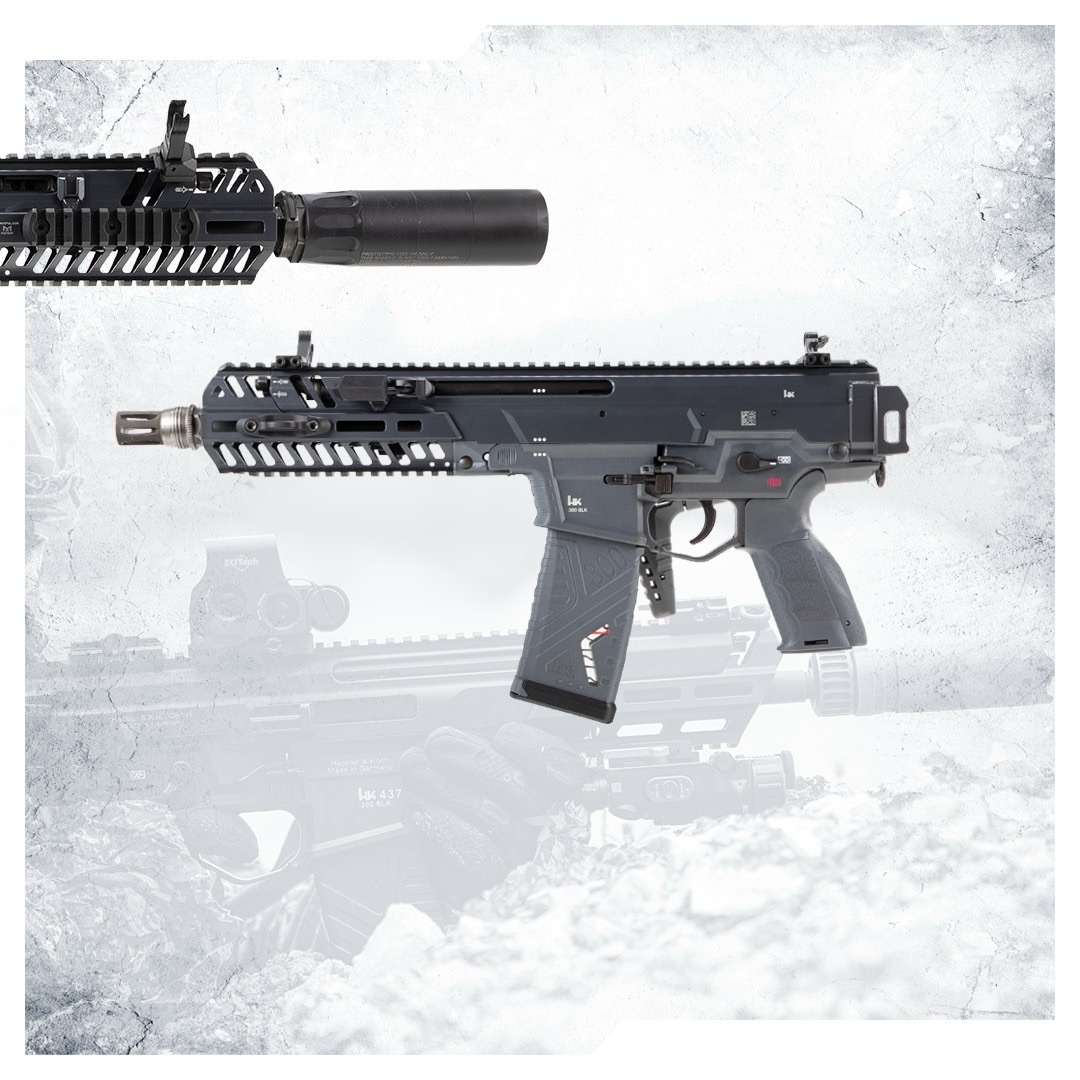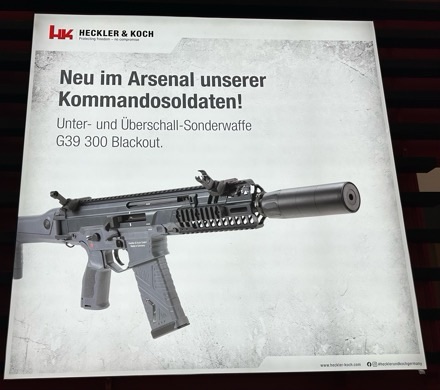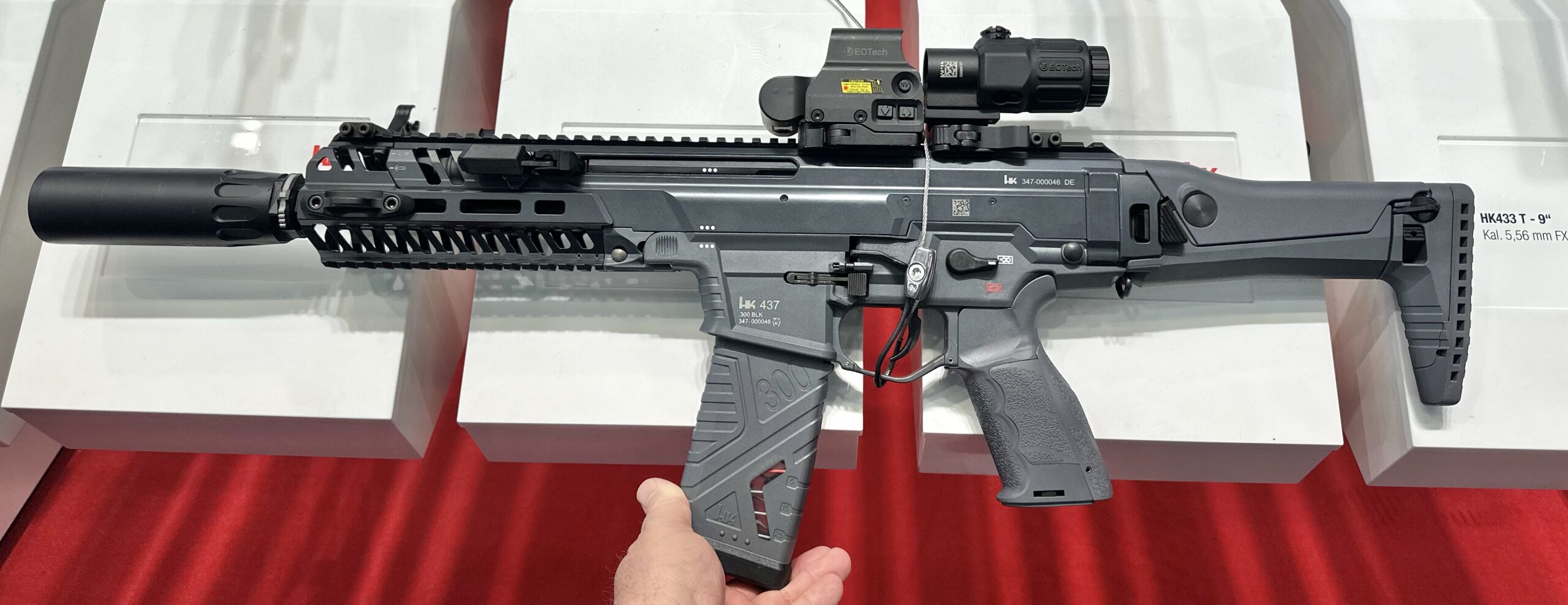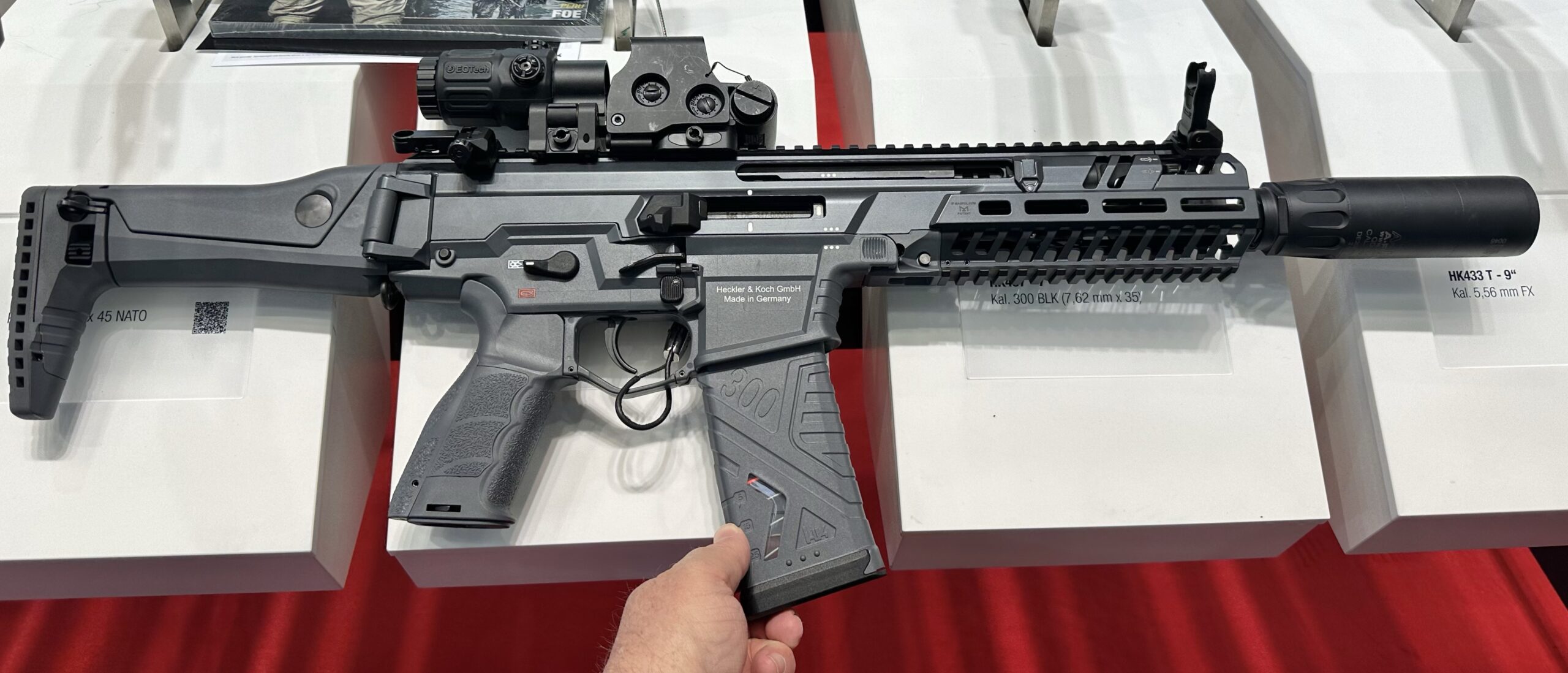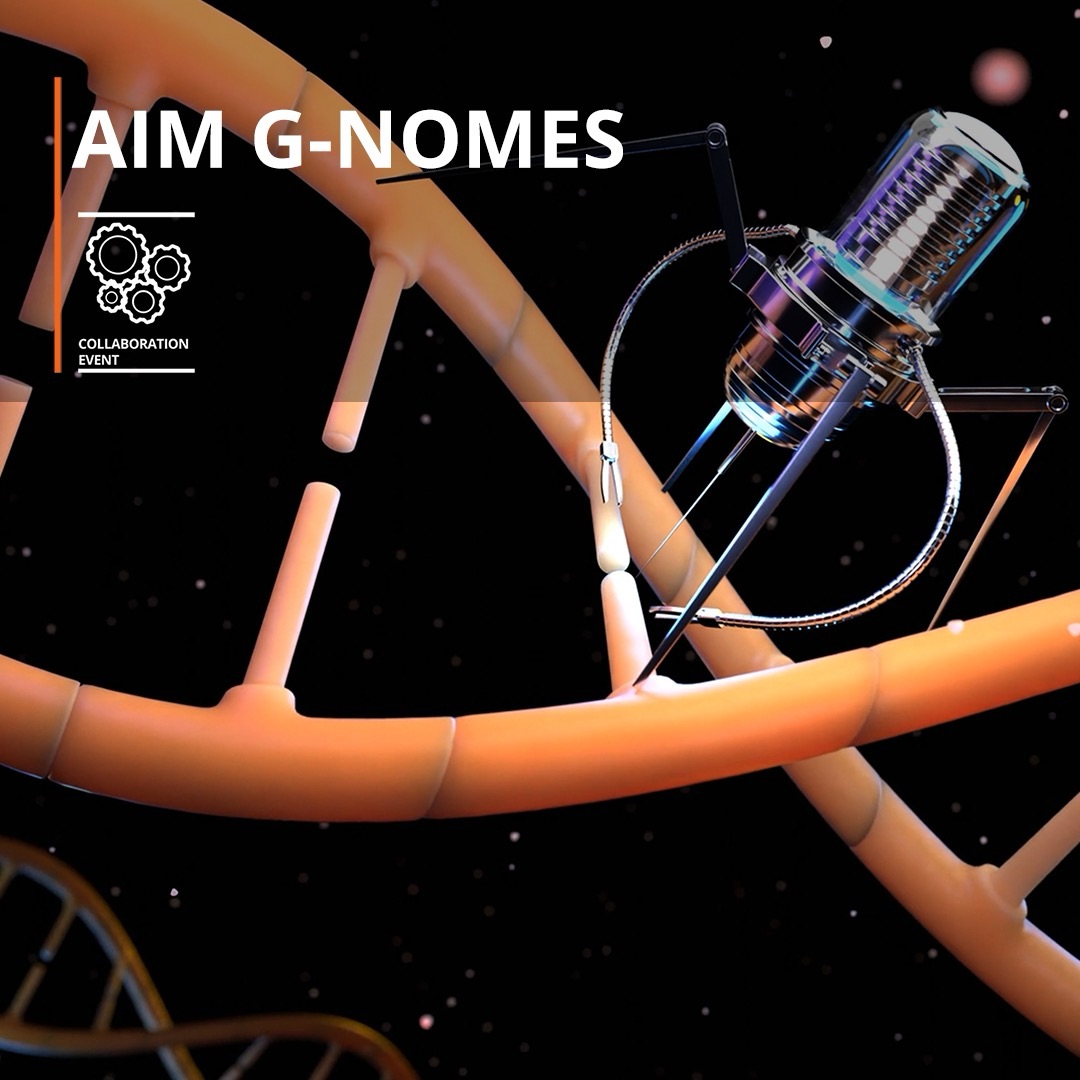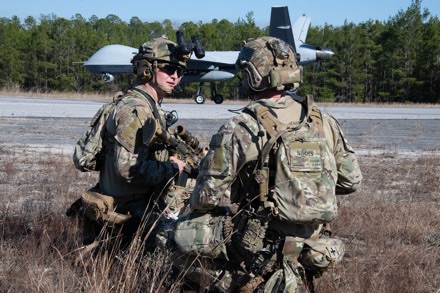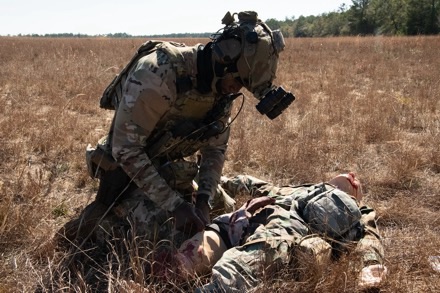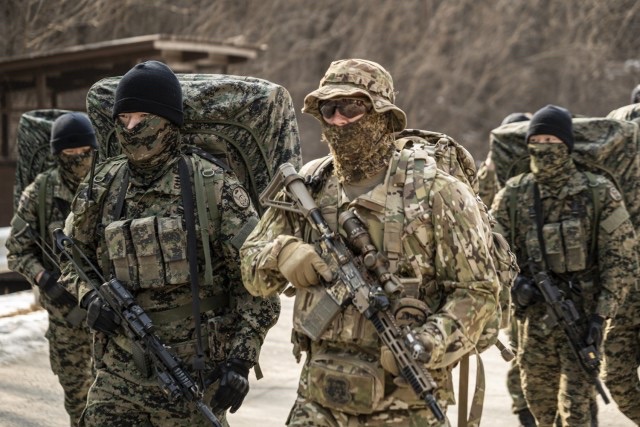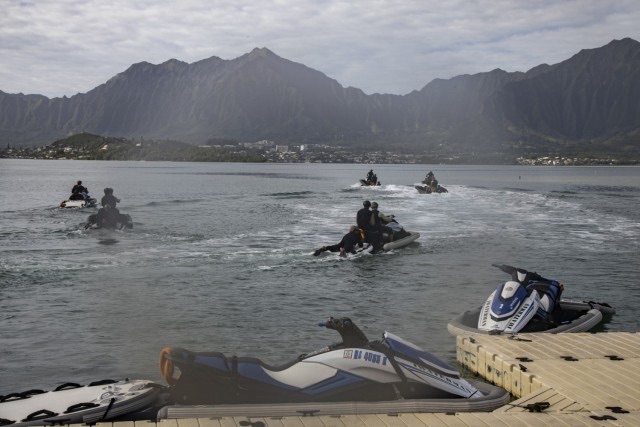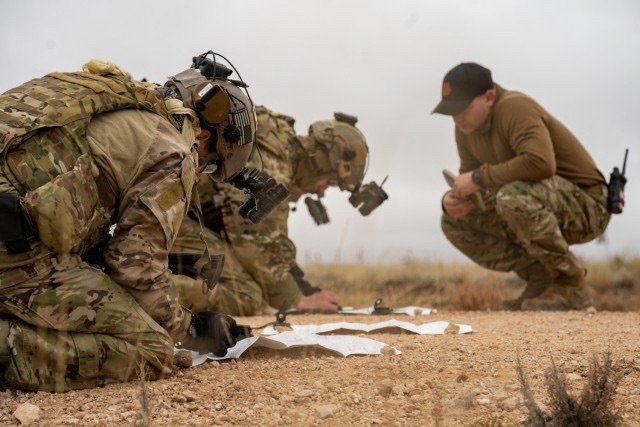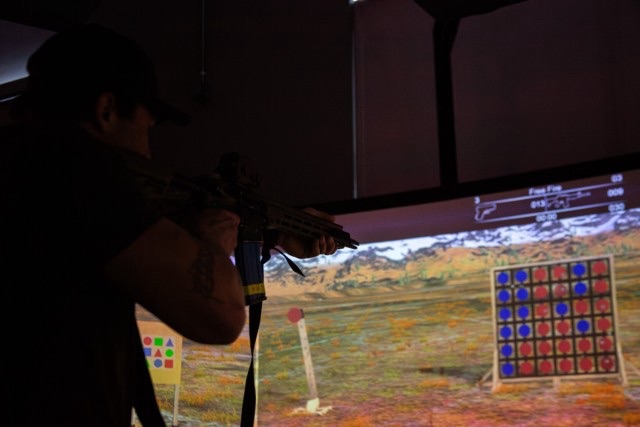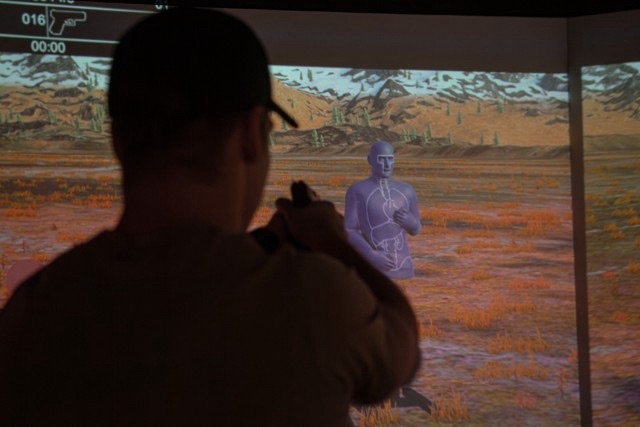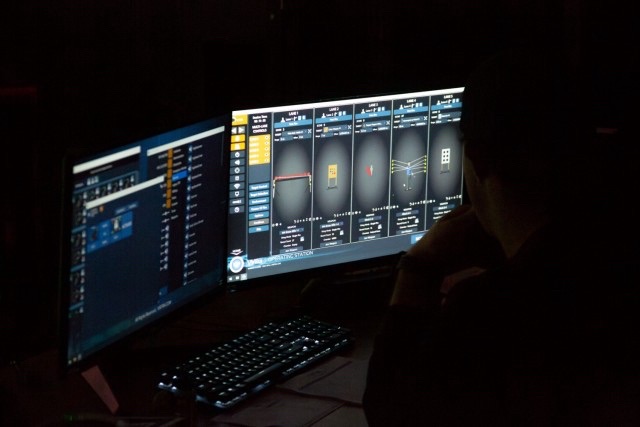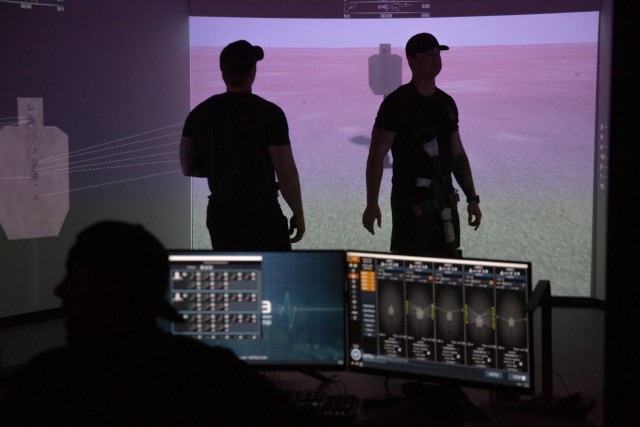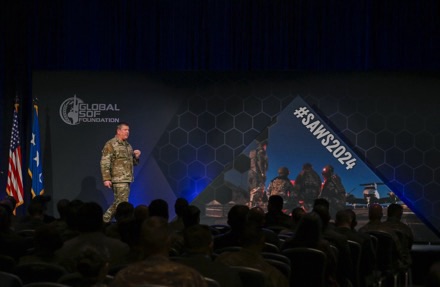
HURLBURT Field, Fla. —
Lt. Gen. Tony Bauernfeind, Commander of Air Force Special Operations Command, delivered a keynote speech concluding the Special Air Warfare Symposium on Feb. 29, 2024 at the Fort Walton Beach Convention Center.
SAWS is an annual symposium focused on special air warfare, SOF aviation mission sets, their partners, and enabling technologies. The symposium, co-sponsored by AFSOC, included keynotes and panels composed of AFSOC senior leadership, leaders from across the U.S. and international SOF aviation enterprise and industry experts.
Throughout the two-day symposium the attendees were challenged to reimagine how SOF aviation needs to adapt from several decades of counterterror focused operations to a world of increasing strategic and geopolitical instability and competing with peer adversaries.
Bauernfeind explained how 2023 AFSOC Strategic Guidance focuses the command on the need for accelerated transformation to meet the demands of combatant commands, theater air components, and theater special operations commands, with a focus on developing people as the key to success.
“It’s going to be our people, our Air Commandos, that make this happen,” said Bauernfeind.
From establishing an Outreach Squadron to assist the Air Force Recruiting Service in exciting young Americans to join the military, to reducing initial qualification training by 50% while investing in augmented and virtual reality to enhance training, to developing a robust certification, validation and verification process that includes high-end readiness training and develops a culture of mission command before Air Commandos deploy, AFSOC is taking steps to develop its people throughout their service.
Bauernfeind also outlined changes to better align AFSOC’s Wings with regional challenges and encompass all four mission areas: SOF mobility, SOF strike, SOF ISR and SOF air-to-ground integration.
“All of our wings will be mission oriented with all our AFSOC capabilities. They will be theater focused… as we align our wings to get after regional problems for the joint force.”
This includes establishing Theater Air Operations Squadrons focused on long-stare intelligence, multi-domain operations, air advising, and developing concepts of operations for the toughest problems.
Looking to the future fight, Bauernfeind stated, “We know our Air Commandos had been wildly successful over the last few decades, but how are we going to ensure success for tomorrow?”
Initiatives like developing modern high-speed vertical take-off and lift platforms to build out the ability to operate independent of traditional runways, returning focus to electromagnetic spectrum operations and enhancing precision effects through systems like small cruise missiles and reimagining how the MQ-9 is utilized through the Adaptive Airborne Enterprise.
Bauernfeind concluded with why he is confident AFSOC will be successful in all these efforts.
“We have an amazing team whether it be active duty, guard, reserve, our government civilians—that are focusing on pathfinding for the future, and I am excited to see what our people can do.”
By Maj Jessica Gross, Air Force Special Operations Command Public Affairs



